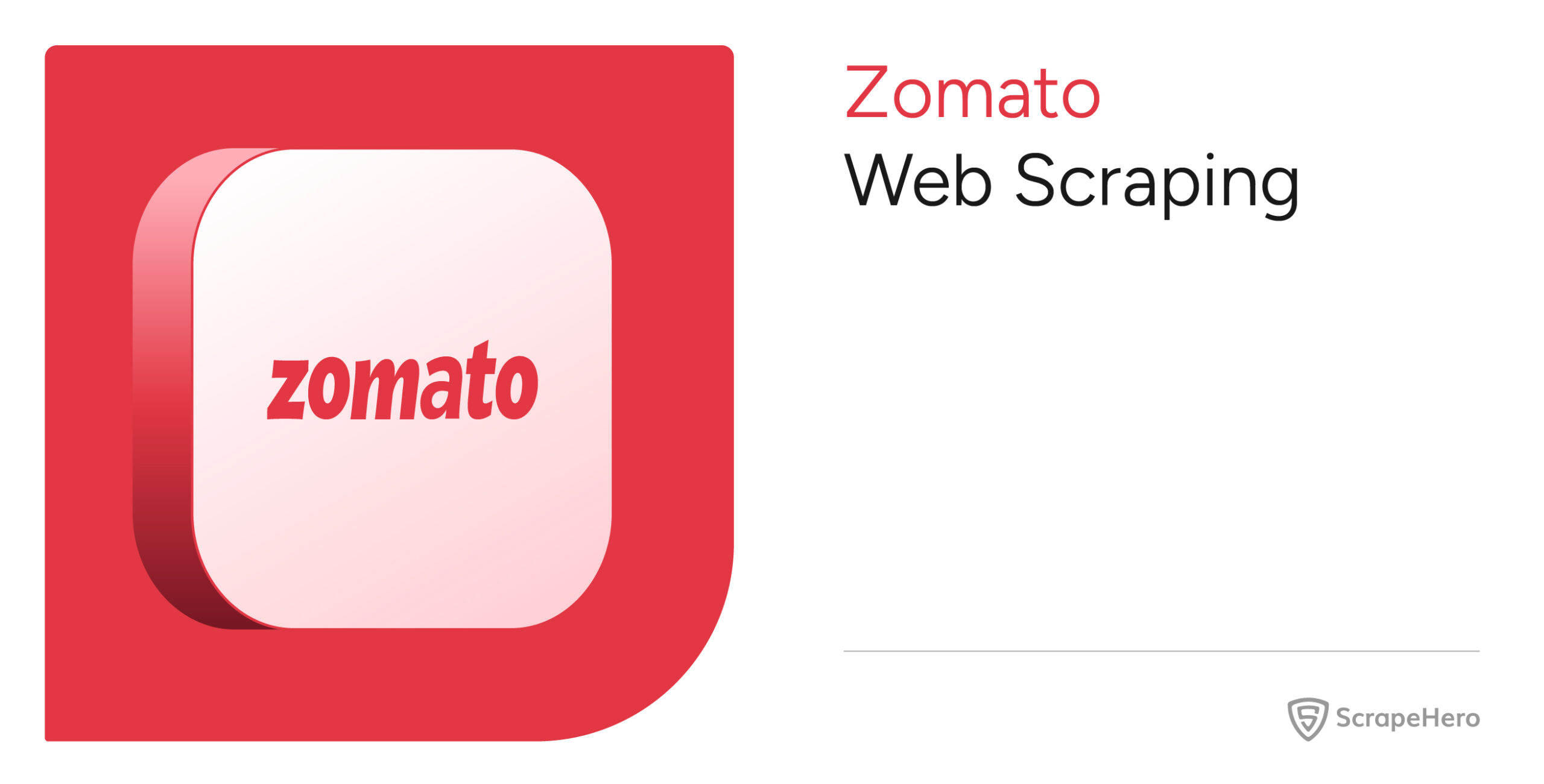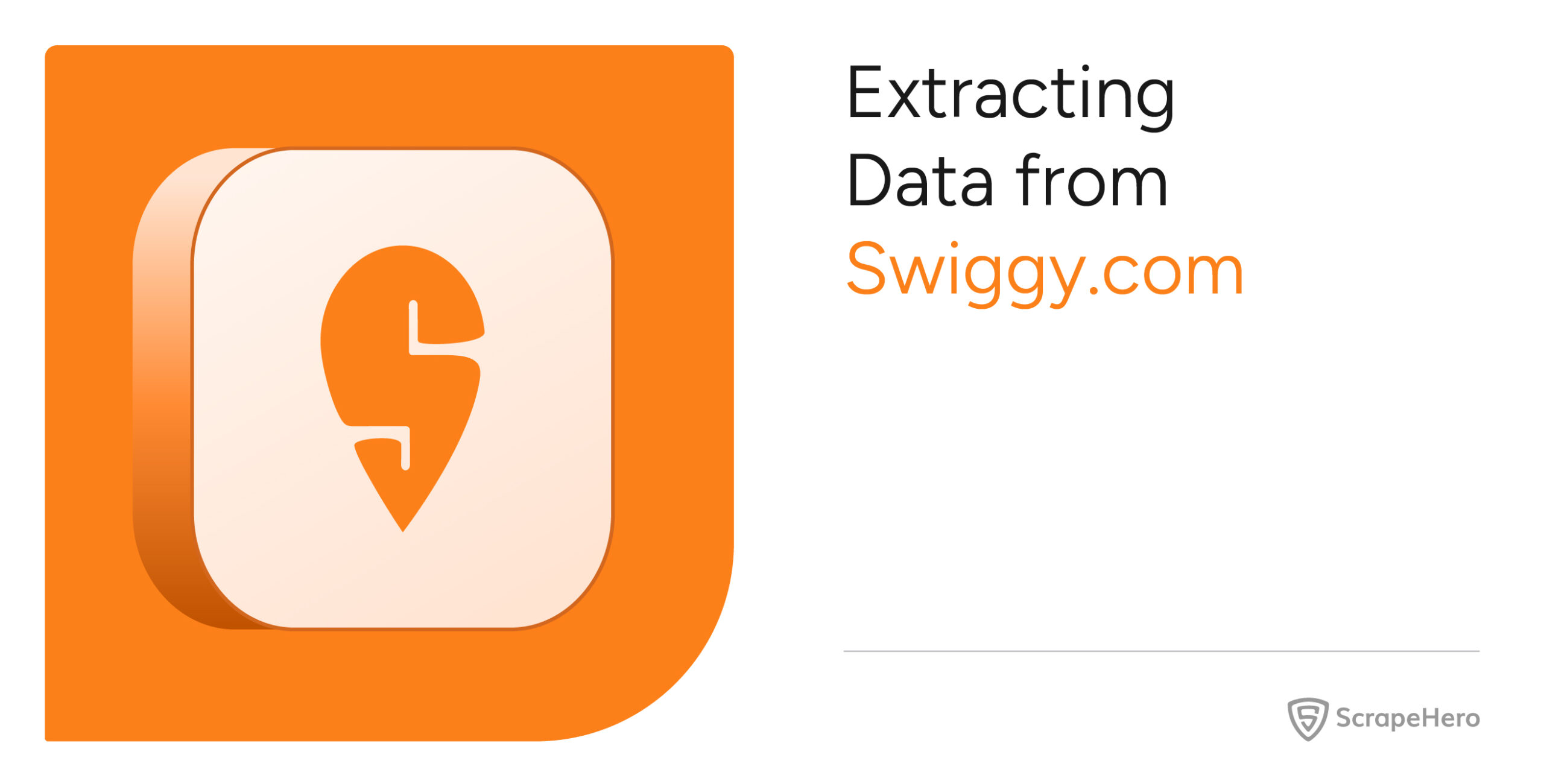Did you know that mastering parsing techniques for HTML, XML, and JSON can significantly transform your interaction with data on the web?
This highlights the importance of understanding parsing techniques as they are fundamental formats for data interchange.
These techniques are not just theoretical knowledge but are essential for efficient data extraction and manipulation, which is crucial for web development and API integration.
This article can provide you with a comprehensive overview of the parsing techniques for HTML, XML and JSON, as well as popular libraries and tools used.
An Overview of Parsing Techniques
Data parsing involves converting a structured string of data like HTML, XML, or JSON into a readable format. It is a critical process in web scraping and data transformation. Here’s an overview of the parsing techniques used for HTML, XML, or JSON:
1. Parsing Techniques for HTML
- DOM Parsing
- SAX Parsers
- CSS Selectors
- XPath Parsing
- JSoup
- Regular Expressions
2. Parsing Techniques for XML
- DOM Parsing
- SAX Parsing
- StAX Parsing
- XPath Parsing
- XSLT Parsing
- JAXB
- Regular Expressions
3. Parsing Techniques for JSON
- Using Built-in Libraries
- Streaming Parsers
- Tree Parsers
- Event-Driven Parsers
Now, let’s discuss these parsing techniques in detail.
1. Parsing Techniques for HTML
HTML parsing is an integral part of web scraping as it transforms raw HTML data into a structured format, providing enhancements for modern web applications. Some common techniques for parsing HTML include:
1. DOM Parsing
DOM (Document Object Model) parsers load the HTML document into memory, representing it as a tree structure.
You can manipulate elements such as nodes, tags, attributes, and text while navigating through this tree.
Using libraries such as lxml and BeautifulSoup, you can parse HTML documents and navigate and manipulate the DOM easily in Python.
These libraries transform HTML into a more manageable format, facilitating web scraping.
Looking for the best tool to decode HTML? Check out our article on the top 7 Python HTML parsers and find the perfect fit for your project!
2. SAX Parsers
SAX (Simple API for XML) are event-driven parsers that can read through HTML or XML sequentially.
During parsing, events are triggered for elements like start tags and end tags. This allows immediate processing without loading the entire document into memory.
xml.sax is a Python library that facilitates SAX parsing. It triggers event-driven functions as the parser progresses through the document.
The library also enables efficient memory use and can handle large documents or streams in real time.
3. CSS Selectors
CSS Selectors are a method that uses a syntax similar to CSS and can pinpoint specific HTML elements, simplifying the process of selecting elements.
BeautifulSoup provides support for CSS selectors, especially for navigating and manipulating HTML documents and quickly finding and working with elements in complex HTML structures.
Whereas JavaScript has native functions like document.querySelector() and document.querySelectorAll() to utilize CSS selectors directly within the browser environment.
CSS selectors can be used for simple modifications to complex DOM interactions, as they provide a clear and concise way to access and manipulate elements.
4. XPath Parsing
XPath allows the extraction of elements based on their hierarchical relationships and offers flexibility in targeting elements within deeply nested structures.
It is beneficial when CSS selectors have difficulties in handling complex document structures.
In Python, using the lxml library, you can navigate precisely through XML or HTML documents as it supports XPath.
JavaScript has a native document.evaluate() function that allows XPath queries directly within the browser.
5. JSoup (for Java)
JSoup is a Java library designed for parsing HTML documents. It offers a straightforward API for navigating, manipulating, and extracting data from HTML.
It is similar to jQuery, and it simplifies the process of working with HTML, making scraping web pages or manipulating document content programmatically more accessible.
JSoup supports traversing the HTML structure, finding elements, and altering the document. It also offers a set of easy methods that are efficient for most parsing tasks.
6. Regular Expressions
Regular expressions (regex) allow you to define search patterns and extract text that matches these patterns.
They search and identify specific patterns within HTML, making them useful for simple parsing tasks.
However, regular expressions cannot handle complex or irregular HTML structures because HTML can be unpredictable.
So, for more intricate parsing, it is better to use methods like XPath, CSS selectors, or dedicated HTML parsers rather than regular expressions (regex).
Did you know that you can perform web scraping without relying on a parser, simply by using Regular Expressions (RegEx)? To discover how to effectively scrape data using RegEx, check out our article on this topic!
2. Parsing Techniques for XML
XML is a structured data format that is easy to parse. XML parsing is the process of converting this XML data to a hierarchical format from its serialized string format. Some common techniques for parsing XML include:
1. DOM Parsing (Document Object Model)
DOM (Document Object Model) parsing technique loads the entire XML document into memory as a hierarchical tree structure for quickly navigating through the document.
This technique is proper when you need to modify various parts of the document. However, due to high memory consumption, it may not be feasible for very large XML files.
To efficiently parse and work with XML documents, you can use libraries such as xml.dom. minidom in Python or java.xml.parsers.DocumentBuilder in Java.
However, keep in mind that although these libraries transform the XML into a manageable structure, they are more suitable for smaller datasets.
2. SAX Parsing (Simple API for XML)
SAX (Simple API for XML) parsing is a technique that processes XML data as a stream.
SAX parsers do not load the entire document into memory but rather read the data sequentially and trigger events such as the start or end of elements whenever needed.
SAX parsers are ideal for handling large XML files as they are highly memory-efficient. However, as they process the file linearly, random access or manipulation of the document is not possible.
The Python xml.sax library supports SAX parsing, while Java SAXParserFactory implements this efficient method, especially for large-scale XML data processing.
3. StAX Parsing (Streaming API for XML)
StAX (Streaming API for XML) parsing can be said to be a balanced approach between SAX and DOM.
StAX processes XML data in a streaming fashion, just like SAX, but with added flexibility through cursor-based navigation. This gives you more control over how and when data is accessed.
For applications that need incremental processing without loading the entire document into memory, StAX is a good option as it enables both reading and writing of XML data.
javax.xml.stream provides support for StAX parsing in Java. It is ideal for applications that require both memory efficiency and flexible document access.
4. XPath Parsing
XPath can navigate and extract specific nodes from an XML document based on hierarchical relationships between elements.
It is extremely flexible and efficient. It can pinpoint specific data points within the XML, such as attributes, text content, or entire element sets, without needing to manually traverse the tree.
The Python lxml library supports XPath, enabling easy and precise queries. Java also supports XPath with its javax.xml.xpath package when their specific data needs to be retrieved from XML documents.
5. XSLT Parsing (Extensible Stylesheet Language Transformations)
XSLT transforms XML documents into other formats like HTML, plain text, or other XML structures.
It extracts, manipulates, and transforms XML content into a different presentation format using predefined templates for the XML data.
XSLT can be used to convert XML data into web-friendly formats like HTML or reformat XML to meet specific data requirements.
The javax.xml.transform package provides the necessary tools to perform XSLT transformations in Java. It allows the transformation and processing of XML documents efficiently.
6. JAXB (Java Architecture for XML Binding)
JAXB is a framework that converts XML documents into Java objects and vice versa, allowing mapping XML elements to Java classes automatically.
It is useful when you have to work with XML-based APIs, where XML data needs to be integrated into Java applications.
Since JAXB automates the parsing and generation of XML, there is less need for manual coding.
The javax.xml.bind package in Java streamlines XML binding tasks and provides an efficient way to serialize or deserialize XML content.
7. Regular Expressions
Regular expressions (regex) are efficient in searching for specific patterns within simple XML data.
Regular expressions are not ideal for parsing complex or deeply nested XML documents as they lack the necessary robustness.
Also, regex-based parsing doesn’t understand the hierarchical nature of XML, so it is unreliable when dealing with irregular or dynamic structures.
3. Parsing Techniques for JSON
JSON (JavaScript Object Notation) is widely used to exchange information between servers and web applications. Parsing JSON converts the raw data into usable structures. Some common techniques for parsing JSON include:
1. Using Built-in Libraries
Since most programming languages have built-in libraries for parsing JSON, the process is simple and efficient.
In Python, the json module converts JSON strings into Python dictionaries or lists, making it easy to access and manipulate the data.
In JavaScript, json.parse() converts a JSON string into a JavaScript object, which is later used for various operations in web applications.
2. Streaming Parsers
The streaming parser reads JSON data bit by bit as it is streamed rather than loading the entire JSON document into memory at once.
These parsers are particularly useful to handle large-scale data while maintaining memory efficiency without overwhelming system resources.
You can parse extensive JSON data using Node.js libraries like jsonstream. The json library in Python also offers similar functionality.
3. Tree Parsers
Tree parsers load the entire JSON document into memory. They construct a tree-like structure that represents the hierarchical data and allows you to navigate, access, or modify the data.
Such parsers are ideal for small JSON documents or for those who need to access or modify data randomly.
In Python, the json.loads() function is used to create a dictionary or list representation of the JSON data, and in JavaScript, json.parse() converts the JSON string into an object.
4. Event-Driven Parsers
Event-driven parsers trigger events as they encounter specific parts of the JSON document.
Event-driven parsing is efficient for complex or large datasets where you don’t need to load the entire document.
Such parsers can reduce memory usage by only working with relevant data as it is encountered.
Why Do You Need ScrapeHero Web Scraping Service?
Parsing HTML, XML, and JSON presents many challenges. HTML’s irregular structures make data extraction inconsistent.
XML becomes complicated with deeply nested elements, and JSON, though it seems more straightforward, can vary in structure and complexity.
These difficulties make reliable parsing challenging. For enterprises, this becomes more complex with large-scale data extraction across multiple formats.
So, you need a complete web scraping service like ScrapeHero, which can help you overcome these challenges by offering scalable, customized scraping solutions.
Our advanced error handling ensures reliable extraction, and businesses can focus on the data we deliver without dealing with the complexities of building or maintaining an in-house team.
Frequently Asked Questions
Parsing techniques for HTML include using CSS selectors or XPath.
Parsing techniques for XML include using DOM or SAX parsers.
Parsing techniques for JSON include using JSON libraries.
You can convert XML to JSON by parsing the XML document and restructuring it into a JSON format using libraries like xmltodict in Python or xml2json in JavaScript.
JSON is simple and uses key-value pairs, while XML is more complex with tags inside other tags. For example, JSON: `{“name”: “John”}` and XML: `<name>John</name>`.
XML is mainly used for structured data exchange in web services, while JSON is used to transfer data between client and server in web applications.
We can help with your data or automation needs
Turn the Internet into meaningful, structured and usable data








